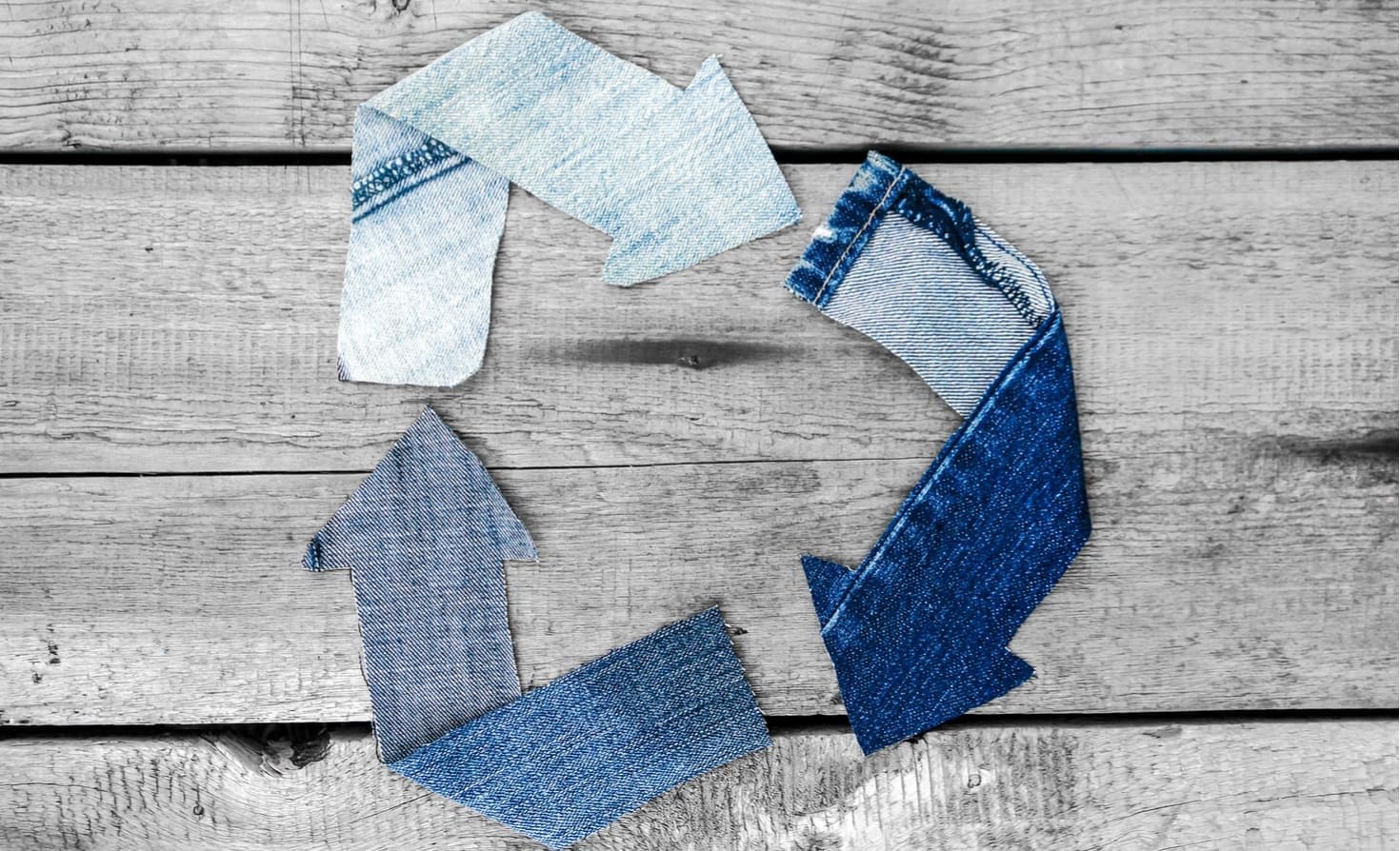The logarithmic “take, make, waste” economic model has attained its limits. The environment
no longer can sustain it. The obsession with fast fashion throughout the retail industry is the
phenomenon with today’s fashion-sensitive culture, rather than the quality and physical
existence of the product. Producers have set up a global manufacturing network by importing
to remain profitable while reducing costs, and customers, with reduced demands, are growing
intemperate in buying. The recurrence of intemperate production and consumption has given
rise to various problems and waste of resources, and clothing waste has become a social
issue. In such a scenario it’s a need to consider taking a circular strategy, where waste is
reduced and resources are re-used efficiently to create an economy that is both sustainable
and profitable.
The apparel sector is known for its huge waste problem; corporate business is regularly called
upon to be one of the world’s biggest polluters. Even though discussions about the severe
impacts of climate change and the urgent need for more sustainable systems have been
steadily increasing by many mainstream brands, a lot of local, emerging labels have recently
used the upcycling process in new ways, creating a trend that is gaining popularity.
The growth of these up-cycled apparel not only contributes to sustainable shopping as a
whole but also provides an art installation, a societal analysis, and a sense of connection.
By focusing on filling voids instead of adding more waste to the world, the manufacturers
need to focus on building products that will last longer rather than discarded.
We should manufacture according to sustainable practices, without creating environmental
harm, and goods should be manufactured with an emphasis not on consumers but customers.
In particular, we need to pay attention to the inter-supplementary partnership between buyers
and manufacturers and to a relational mentality that can understand and end the importance of
clothing in families after development.
The uniqueness of upcycling is that every designer has a special approach to it. There is a lot
of potential for waste products, and there are many different directions for each of them.
Giving a second life to textile materials will result in both one-of-a-kind and reproducible
goods. Then it’s up to the manufacturer to discover the promise and charm of old textiles and
to determine what they will be.
Waste occurs at each stage of the design process, both before the-consumer and post-
consumer. From leftovers of manufacturing, swatches, and tests, off-cut output, end-of-roll
textiles, and waste, to end-of-use recycled clothes, an excess of waste may be found – and is
inexpensive. The use of these solid waste can be prolonged through innovation. Upcycling is
the transformation of components into products of equal or higher significance.
Through innovation and critical thinking, the industry could be a hit for sustainability.
So, let us focus on creating something worth it. Something which is built to last.

